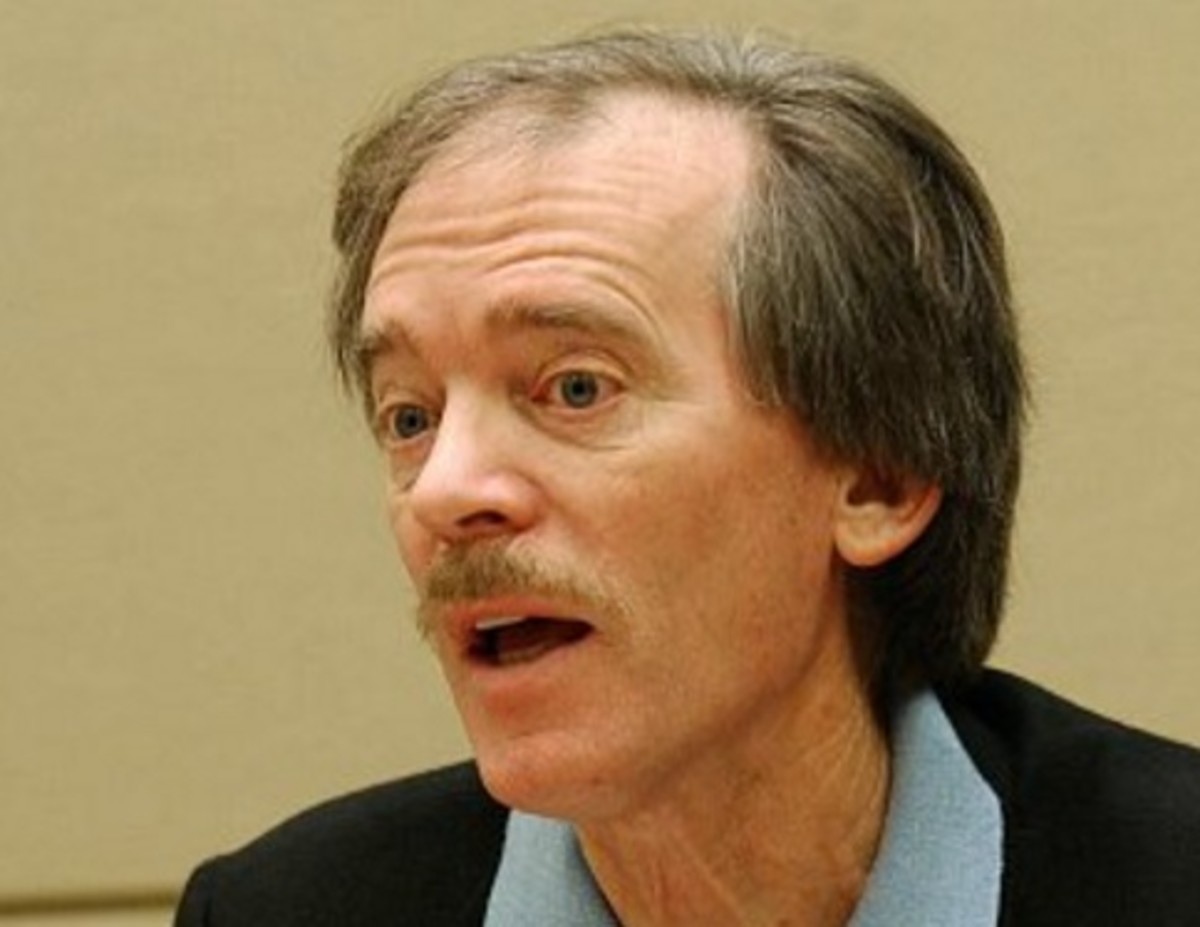Breaking News: Before we discuss this week’s legal issue, here’s an update on the Box v. Henderson case, which I wrote about two weeks ago, and which was pending before SCOTUS. As you recall, the State of Indiana had tried to deny same-sex parents the right to both be listed on the birth certificates of their children, and, despite losing at the trial court and before the Seventh Circuit, Indiana tried to take the case all the way to the Supreme Court.
However, in great news, the Justices likely read my column from two weeks ago suggesting that they not grant certiorari on the openly anti-LGBTQ effort to deny same-sex couples from both appearing on the birth certificates of their children. On Monday, we learned that SCOTUS had, indeed, denied certiorari. That leaves in place the Seventh Circuit Court of Appeal’s ruling that the state’s discrimination against same-sex couples was not biologically or otherwise justified, and all Indiana couples should be treated equally, regardless of sex. Nicely done, SCOTUS.
Now, Back To Our Regular Programming: Teuscher Settles.
Almost two years after the news first hit, the Teuscher case is still a bit of a shocker. Who’d have thought that taking a home DNA kit to learn more about personal ancestry — like millions of other Americans — would cause a sperm bank to send a cease-and-desist letter? But for Danielle Teuscher, that’s what happened.
Teuscher had her 5-year-old daughter participate in the popular pastime of DNA testing, along with herself and other family members. The problem was, Teuscher had conceived her daughter with the assistance of donor sperm from a sperm bank. When purchasing the genetic building blocks for her future child, Teuscher signed an online contract with the sperm bank that included provisions that she would not seek out the donor or the donor’s relatives.
Is Taking A 23andMe Test “Seeking Out” An Anonymous Donor?
When Teuscher received her daughter’s 23andMe results back, a paternal grandmother showed up (aka the donor’s mother) with an “open to communication” setting. Teuscher reached out with a short message, and after a brief back and forth, that was it. At least she thought it was.
But it wasn’t.
A few weeks later a large envelope arrived from the sperm bank with a threatening cease-and-desist letter, letting Teuscher know that she had breached the contract terms with the sperm bank not to seek out the donor or donor’s relatives, and was liable for liquidated damages of $20,000! (Hear Teuscher and her attorney, Jill Teitel, tell the story in their own words in this podcast interview.)
That wasn’t all. The sperm bank informed Teuscher that it would be withholding the remaining vials of sperm, which she had already purchased, and which were still being stored with the sperm bank. Also, the sperm bank cut off her access to its online portal that allowed her to receive medical updates about the donor, as well as her access to a sibling portal where she could connect with parents of children born of the same donor.
All from a DNA kit.
The Settlement
Teuscher brought suit in Washington State against the sperm bank in June 2019, asserting claims for replevin of the sperm and breach of contract, as well as a consumer protection action, among others. In January 2020, three of her claims were dismissed. Not the best news, but Teuscher’s attorney Jill Teitel explains they were still feeling positive given the court’s recognition of Teuscher’s personal property rights. Moreover, there was no attempt to dismiss the claims brought on behalf of Teuscher’s daughter.
Earlier this month, Teuscher settled the suit on behalf of herself and her daughter. One can hardly blame her for wanting to move on with her life.
The terms of the settlement are confidential, but the raw numbers are public. The sperm bank will pay Teuscher and her daughter $75,000. Of that, $11,250 will be put aside for Teuscher’s daughter until she turns 18 years old. It may not be a huge settlement, but definitely way better than potentially paying the sperm bank the $20,000 it had demanded. And while it would have been interesting to see the rest of the claims play out, the settlement is certainly a victory for Teuscher and her daughter.
Where Does That Leave Us On DNA Tests?
Unfortunately, without further appeal or argument in the case, we are left with the judge’s January 2020 decision on a motion to dismiss certain claims. There, the court ruled that the Customer Agreement that Teuscher signed “reasonably limited” her ability to seek information about the donor’s background. The sperm bank agreed to provide relevant medical information from the donor, “representing a reasonable balance of the interest at issue.” “Importantly, [Teuscher] could still perform DNA testing to discover genetically relevant medical information without seeking information on genetic ancestry or other information that would destroy the donor’s anonymity.” Per the court, it was the procurement of ancestry information, not genetic medical testing that was problematic.
So we are left with the answer: yes, you can do genetic medical testing to find out medical information. But you can contract away your right to figure out who your children’s ancestors are, and finding out ancestry information from a direct-to-consumer genetic test may be a breach of such a contract.
That seems pretty wild, if you think about it. After all, ancestry results from a place like Ancestry.com or 23andMe can be used to tell you a lot of other information that has nothing to do with the donor, including your own (nondonor-related) ancestors! And of course, the contract that you enter with the clinic can’t bind your child from looking up their own DNA when they have the ability to do so.
For Teitel, the takeaway is an ongoing need for the fertility industry to be held accountable to ethical norms and procedures, recognizing changing trends involving technology and the concerns and rights of donor-conceived persons. And those concerns and rights may include a donor-conceived person’s desire, or need, to find out their own ancestry, despite whatever assurances of anonymity may have been given to donors in times gone by.
 Ellen Trachman is the Managing Attorney of Trachman Law Center, LLC, a Denver-based law firm specializing in assisted reproductive technology law, and co-host of the podcast I Want To Put A Baby In You. You can reach her at babies@abovethelaw.com.
Ellen Trachman is the Managing Attorney of Trachman Law Center, LLC, a Denver-based law firm specializing in assisted reproductive technology law, and co-host of the podcast I Want To Put A Baby In You. You can reach her at babies@abovethelaw.com.




 Ellen Trachman is the Managing Attorney of
Ellen Trachman is the Managing Attorney of 


 Jordan Rothman is a partner of
Jordan Rothman is a partner of 
 Kathryn Rubino is a Senior Editor at Above the Law, and host of
Kathryn Rubino is a Senior Editor at Above the Law, and host of 








 First-year associates at Orrick could receive up to $31,250 in bonus cash ($8,750 more than market) and senior associates at the firm could receive up to $180,000 in bonus cash ($40,000 more than market). That’s pretty amazing!
First-year associates at Orrick could receive up to $31,250 in bonus cash ($8,750 more than market) and senior associates at the firm could receive up to $180,000 in bonus cash ($40,000 more than market). That’s pretty amazing!